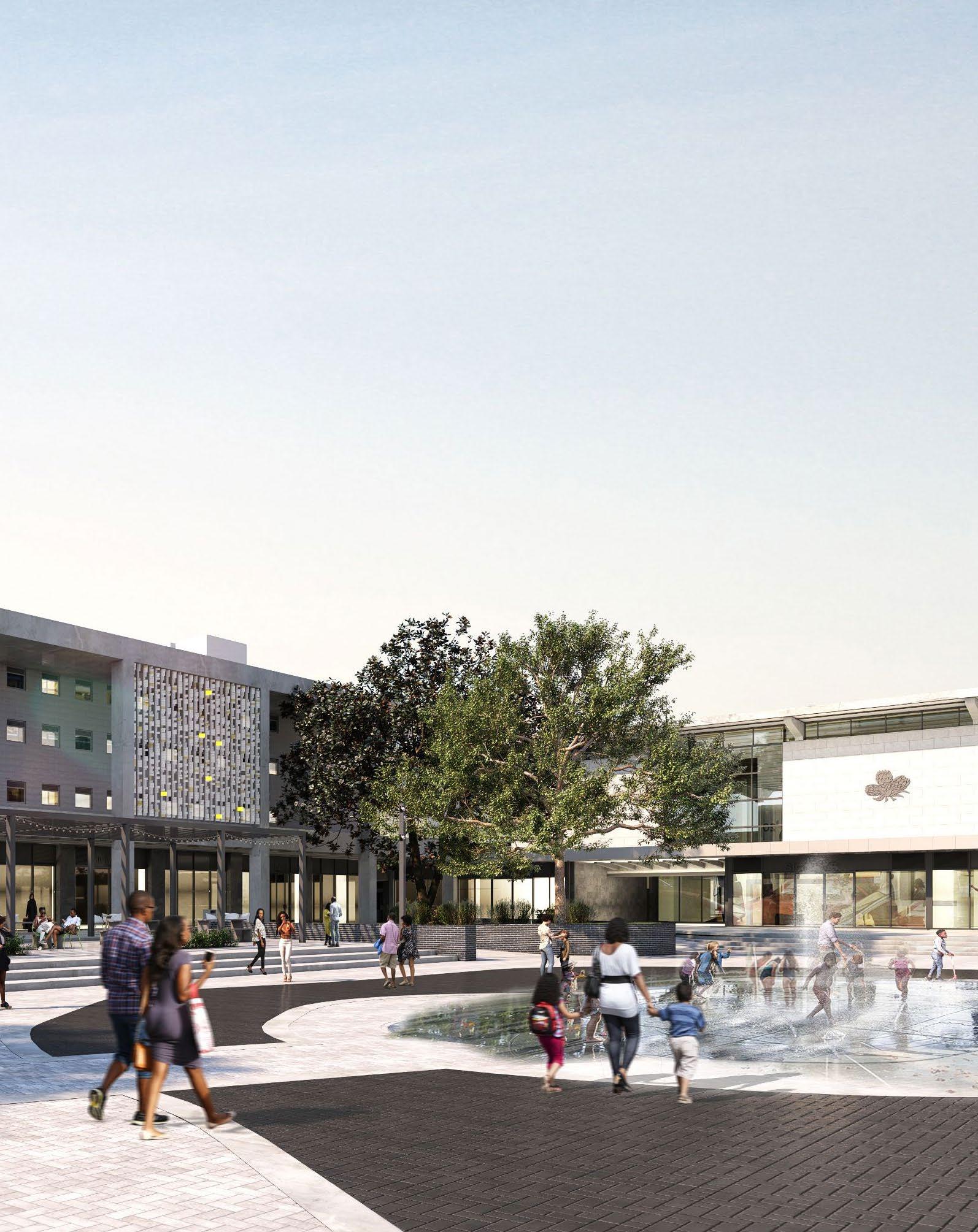
5 minute read
BIGGER & BETTER
Conversations with Boogertman + Partners
Boogertman + Partners has been included in the 2023 World Architecture Top 100 (the world’s largest practices ranked by the number of fee-earning architects they employ), and is ranked #89 in the world and #1 in Africa based on fees generated on the continent. Now with offices in Johannesburg, Pretoria, Cape Town, Stellenbosch, Durban, and Nairobi, the dynamic firm is at the forefront of executing innovative projects throughout Africa and the Middle East. Catching them in between their latest exciting portfolio additions, we took a deep dive into the brains behind this big name in architecture...
Give us a run-down of the backstory of Boogertman + Partners. What brought your team together and how did you manage to become the largest architecture firm on the continent in the years since your inception?
Boogertman + Partners was founded 41 years ago by Henk Boogertman + Andre Krige and soon became a leading practice with a reputation in technologically advanced computer systems, design, and presentation techniques. This was backed up by the strategy to bring partners on board with specific technical project delivery and contract administration skills. Soon Boogertman solidified itself as the architects of choice for ambitious young staff and commercial developer clients.
Over the years, the firm experienced tremendous growth with the mantra that we will be as big as the market allows us to be. We peaked at 254 staff in 2017, delivering some of the country’s most iconic buildings, such as RMB Merchant Place, Soccer City, Discovery Health Head Office, Department of Environmental Affairs, and many others. Our buildings were recognised and awarded on the continent, making us the most awarded practice in Africa.
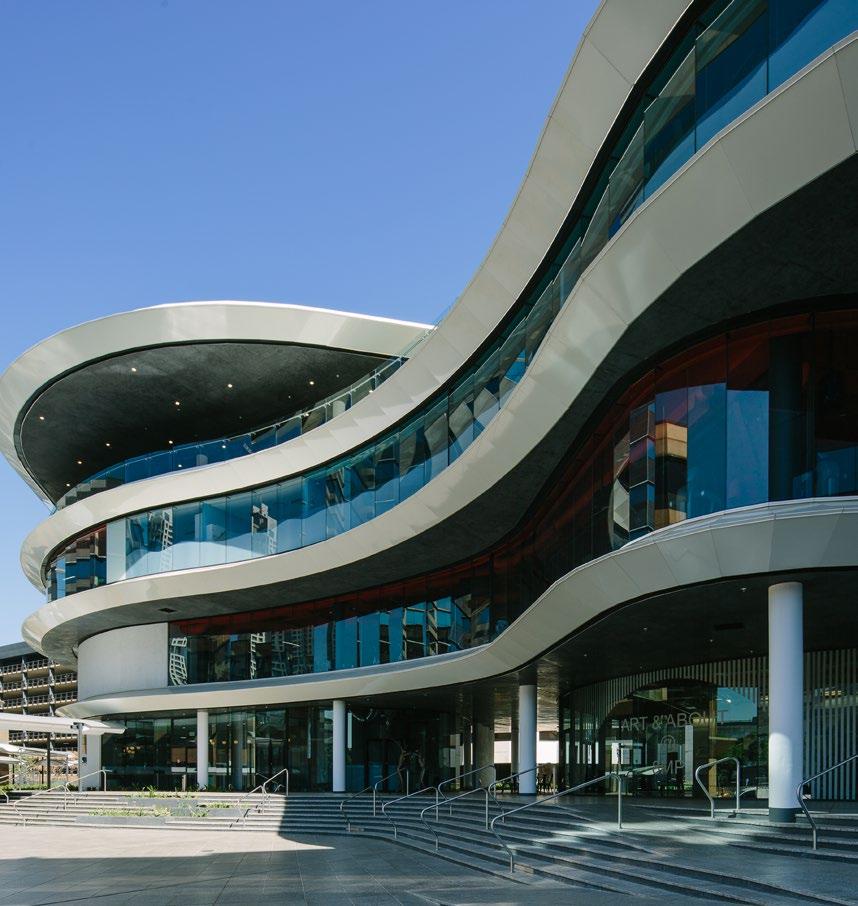

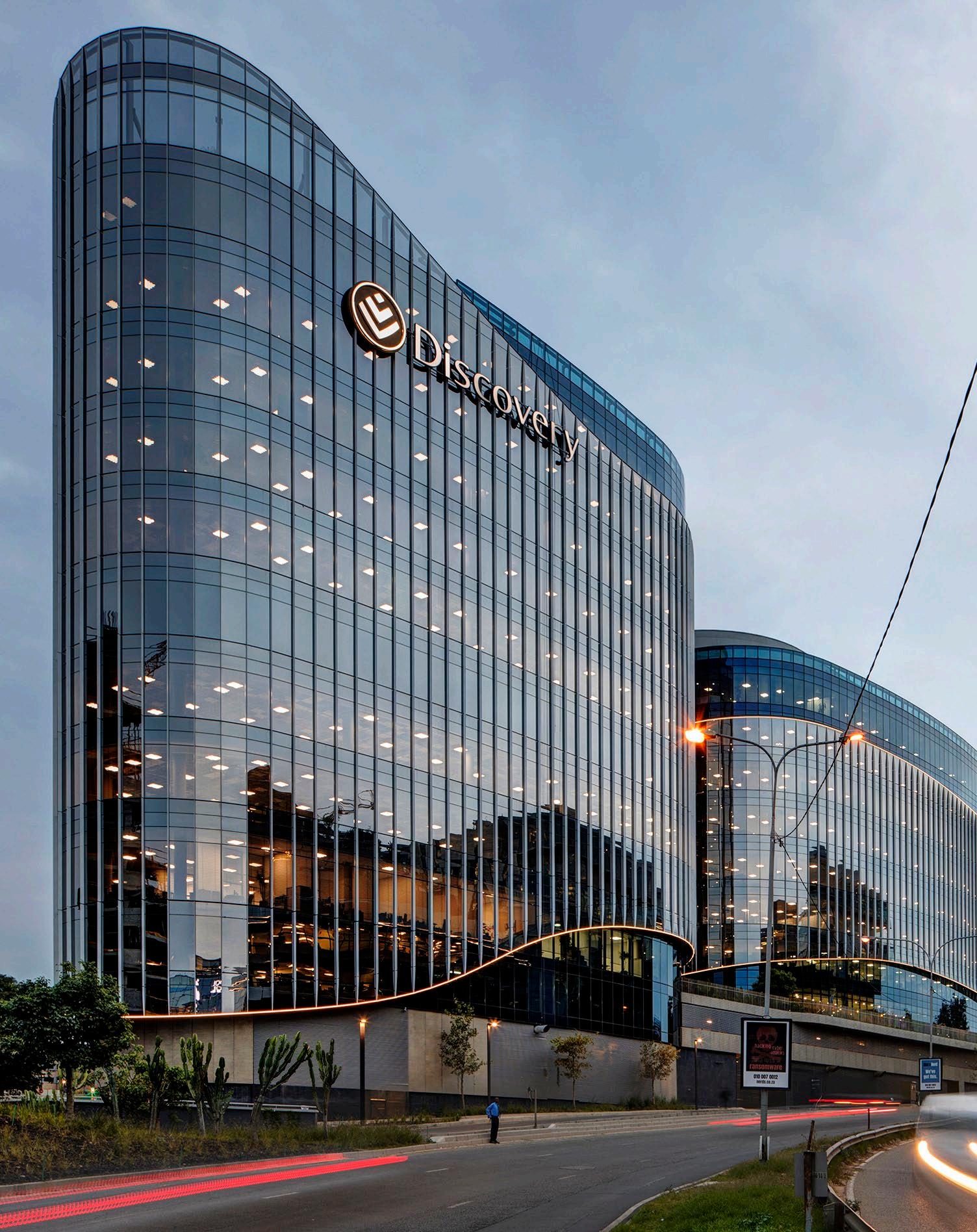
Residential, retail, hospitality, mixed-use, commercial, industrial, health, culture, and civic — you do it all! Tell us, which sector most excites you and why?
As partners, we all have our different passions, some of which overlap. This gives us great skill sets in various typologies, sectors, and scales. So, what excites us most is delivering buildings that have a positive impact on the life of the end user and low footprint on Africa.
What is Boogertman + Partners’ design philosophy, and how does it align with the firm’s professional and societal goals?
Our philosophy is driven to produce excellence in everything we do, thereby treading lightly on the environment and adding value to the communities that engage with our buildings. But this also extends to creating opportunities for our staff to excel and giving back to our future generations of passionate architects, urban designers, and interior designers through bursaries and educational support.
As gold founding members of the Green Building Council of South Africa, Boogertman + Partners supports the environmentally sustainable transformation of the built environment. How do you implement green principles in your design approach?
We try with every opportunity, in conjunction with the professional team and our clients, to implement good sustainable design principles. Some clients prefer to get official ratings (GBCSA, EDGE or LEED ratings), whilst others are not chasing ratings but long-term reductions in cost of ownership or occupation by implementing more than the minimum standards.
What is at the forefront of design in 2023 and beyond?
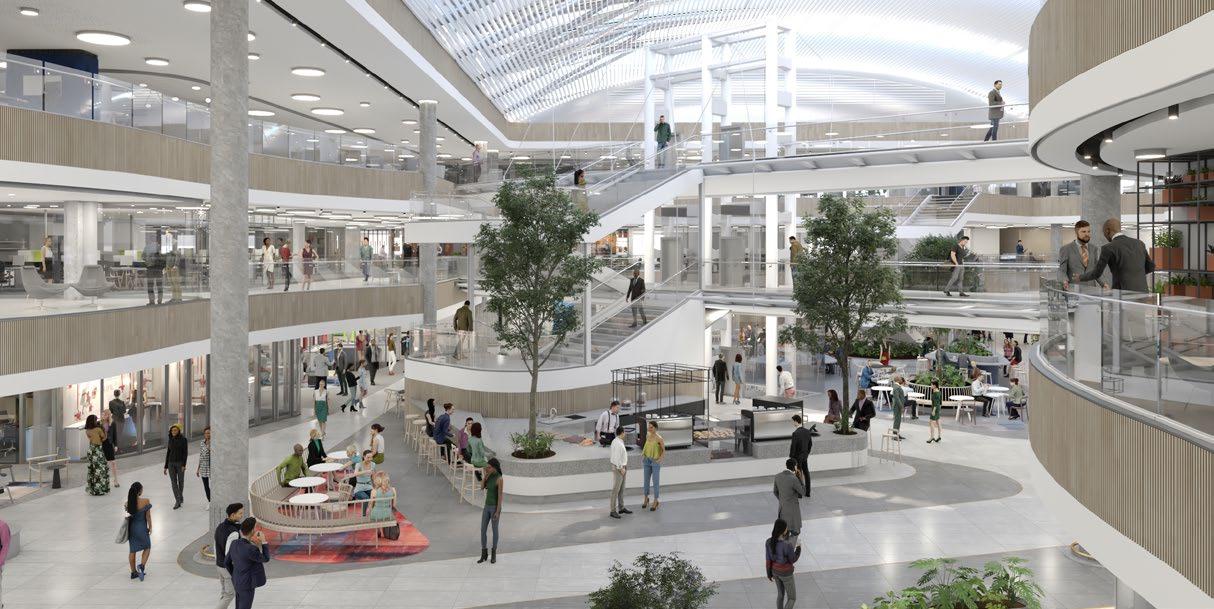
Timber construction is certainly now front of mind, including how that plays into the principles of circularity, reuse, and disassembly — like we had proposed for an initial scheme for the RMB gym, creche, and wellness centre and our competition submission for the extensions to the Deutsche Schule Kapstad.
Then the big question, not trend, is what impact AI will have on the way we think about and create and deliver buildings, and how we might use this in the way we deliver ever advancing BIM technologies into the built environment. Modulatory, speed of production, and end-to-end information sharing are having an impact on how we think about the future.
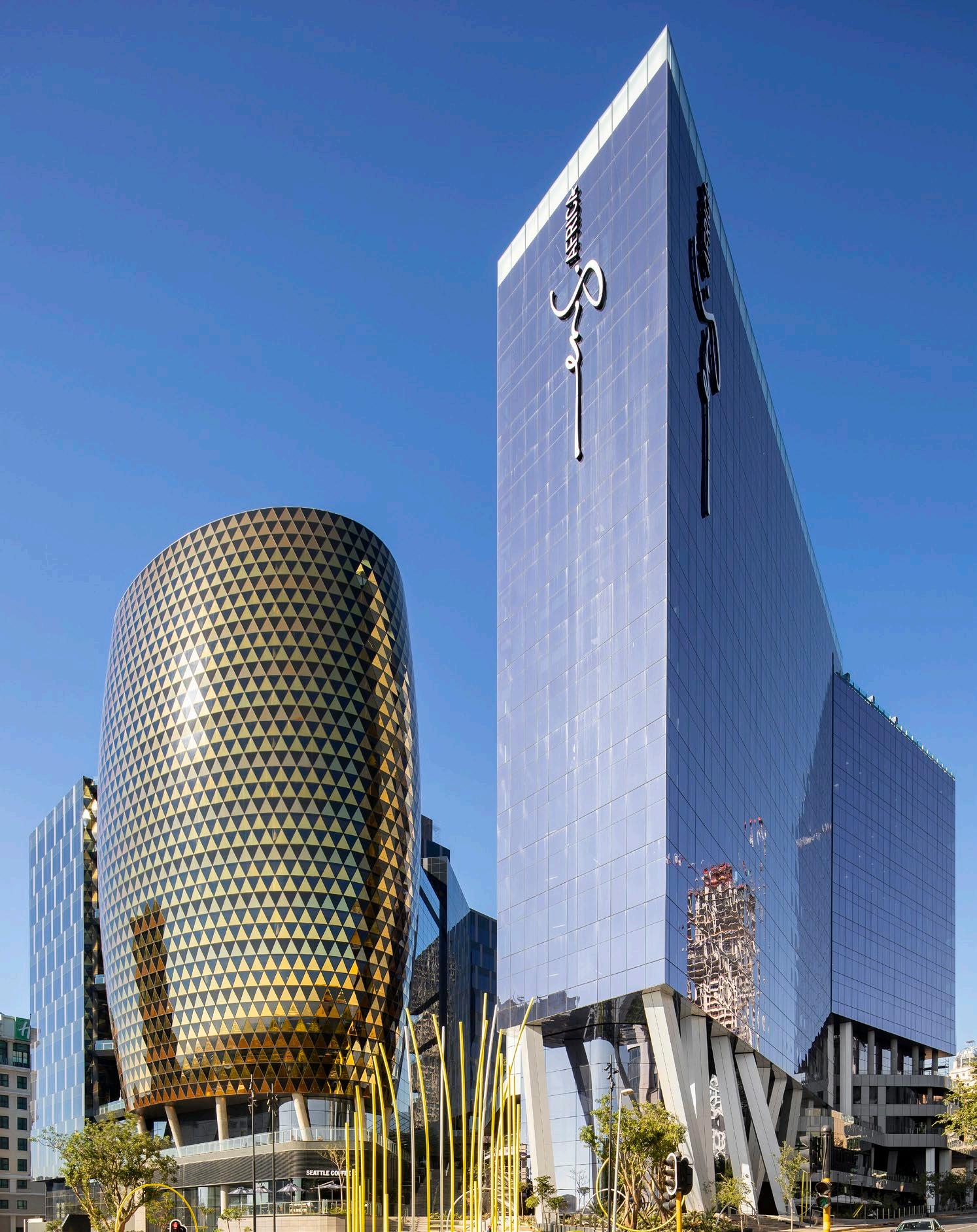

Name two buildings — any place, anywhere — that have inspired or evoked an emotional response within you. Why do you appreciate this specific body of work?
Bob van Bebber: This is my personal view, but I have been a big fan of the work of Renzo Piano Building Workshop for many years. For me, it has to do with the amazing quality of the end products and the process of creation and production that are so part of the firm and their work. So I prefer not to pick one building, but to be inspired by their process. If I had to pick buildings I was personally involved in, it would have to be Soccer City and Discovery. That said, there are proposals that remain in the proverbial bottom drawer that still inspire me even though they were not built.
If you could choose any country or city to design and execute a building in, where would it be and why? Probably Barcelona, but we are passionate to produce quality work no matter where we work or for whom we work.
What are some of your team’s most rewarding projects to date? Why does it hold such a special place for you? There are a few projects that are seen as the high points in the history of the practice. They played a pivotal part in bringing us to where we are today and propelled the practice to a different level in terms of design skills, making a significant impact on our ability to deliver more and more complex buildings at scale.
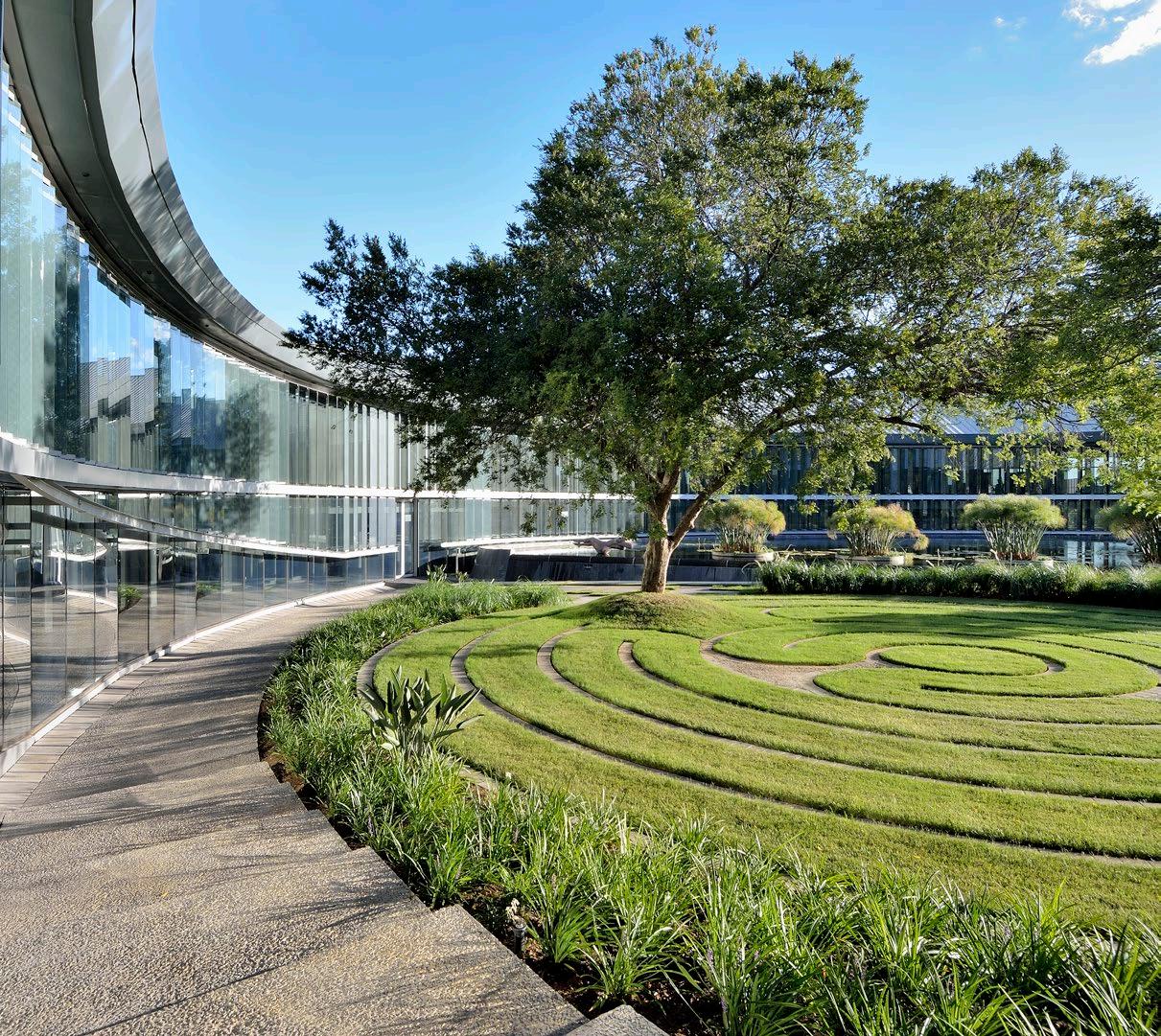
Henk Boogertman always spoke of a flower market project in Pretoria (now demolished) that saved the practice in its early years. We were the young JV partner for RMB’s Merchant Place, delivered by Hennie Coetzee (now retired), but soon had to take over the whole project. Then there’s also MTN Head Office Phase One and Phase Two by Bob van Bebber and Johan de Wet, as well as North Pier at OR Tambo by Hennie Coetzee.
A handful more notable projects include Soccer City, Discovery Head Office, Department of Environmental Affairs, The MARC, soon-tobe-completed Cape Town Station student residential development, and the recently completed Department of Land Reform and Rural Development.
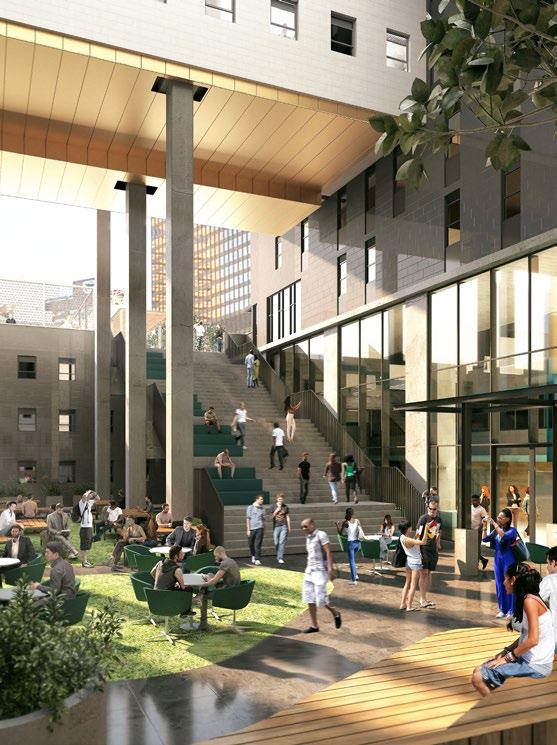
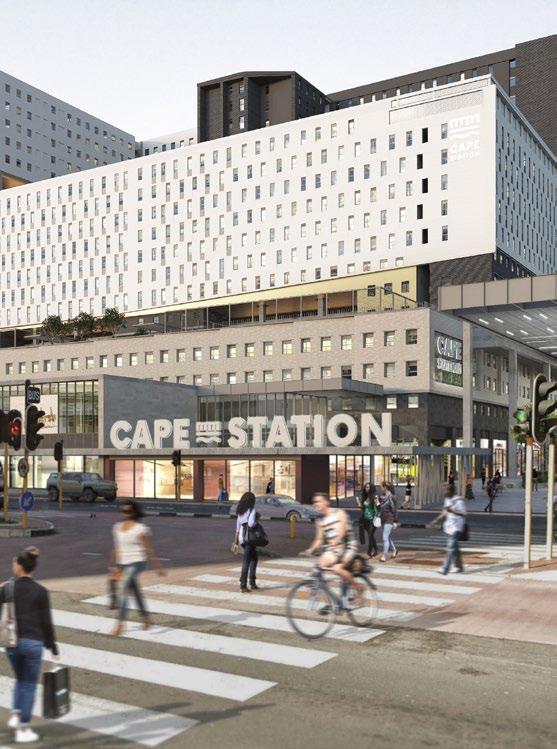
Whilst the past is important and the projects have been important milestones for the practice, projects like The Neighbourhood Mall, or soon-to-start God’s Window, or the Seychelles 2025 FIFA Beach Soccer World Cup Stadium are the future, and are now more important as they are part of the sustainability of the practice.
Then there are also various non-building initiatives we are proudly involved in that define some of the ethos of the practice. These include the Graduate School of Architecture (GSA) Boogertman + Partners International Lecture Series, Future Studio, FuturePart research, and Design Scholarship South Africa.
A quote you live by? How we do ANYTHING is how we do EVERYTHING.
Can you share more about the most recent project your team completed? What’s next for Boogertman + Partners?
We recently launched a dedicated medical architectural team led by Henry du Plessis who brings with him vast experience in the delivery of healthcare facilities. And prior to that we formalised the leadership of our interiors team lead by Julia du Plessis. We are also focussing on numerous urban design projects.
Some of our recently completed projects include Sandton Gate, The Neighbourhood retail, Castle Gate retail, and MMH centurion, to name a few. We are looking forward to unveiling our work on Frankenwald Mixed Use Urban Precinct, Dennesig student residence, the Seychelles 2025 FIFA Beach Soccer World Cup Stadium, and Cape Town Station, among many other projects in the coming months and years.
www.boogertmanandpartners.com









